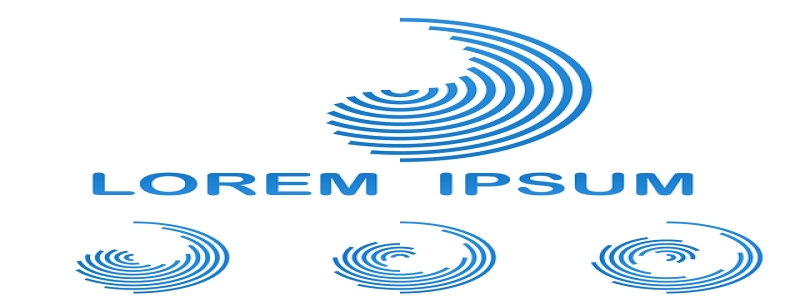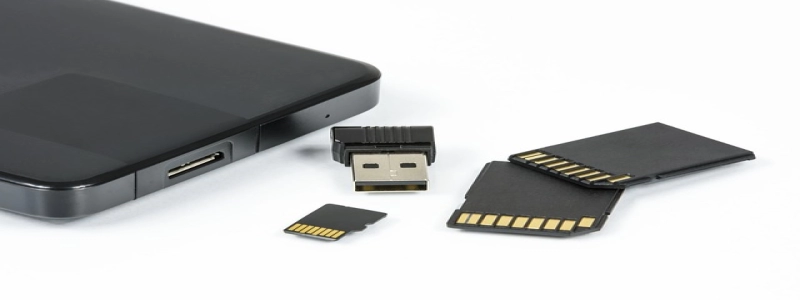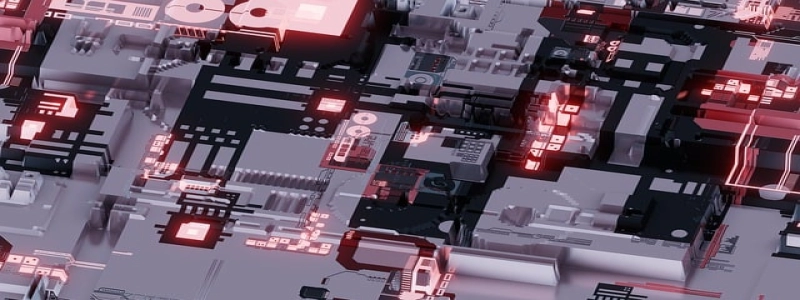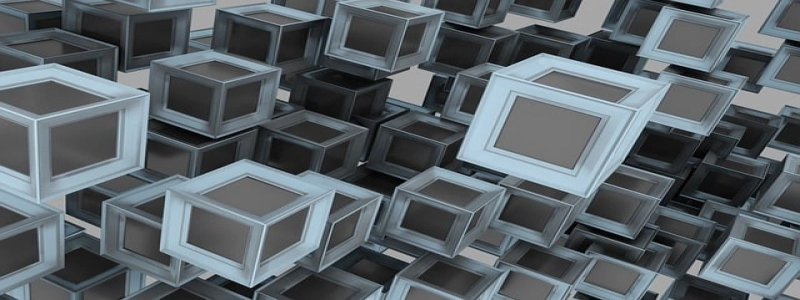Which Layer Constructs the Ethernet Frame?
Introduction:
The Ethernet frame plays a crucial role in data transmission over Ethernet networks. It is responsible for encapsulating the data packets with necessary information and ensuring their reliable delivery. In this article, we will explore the layer responsible for constructing the Ethernet frame and delve into its components and functions in detail.
I. The Data Link Layer:
Ethernet frame construction occurs primarily at the Data Link Layer, which is the second layer of the OSI model. This layer is responsible for ensuring error-free and reliable data transfer between two directly connected devices within the same network. It is further divided into two sub-layers: the Logical Link Control (LLC) and the Media Access Control (MAC) sub-layers.
II. LLC Sub-layer:
The LLC sub-layer handles the logical communication between devices, providing services such as flow control, error control, and addressing. However, the LLC sub-layer does not directly construct the Ethernet frame; instead, it works in conjunction with the MAC sub-layer to achieve this.
III. MAC Sub-layer:
The MAC sub-layer is the actual layer responsible for constructing the Ethernet frame. It handles the physical addressing of devices within the network, known as the MAC address. The MAC sub-layer encapsulates the data packets received from the Network Layer into an Ethernet frame by adding necessary headers and trailers.
IV. Components of the Ethernet Frame:
The Ethernet frame consists of various components, including the preamble, start frame delimiter (SFD), destination MAC address, source MAC address, EtherType/Length field, data payload, CRC, and frame check sequence (FCS). Each component serves a specific purpose in ensuring successful data transmission.
1. Preamble and SFD:
The preamble is a 7-byte pattern of alternating ones and zeros that prepares the receiving device for incoming data. It allows the receiving device to synchronize with the incoming bitstream. Following the preamble is the SFD, a single-byte pattern that indicates the start of the Ethernet frame.
2. MAC Addresses:
The Ethernet frame includes both the source and destination MAC addresses. These addresses are crucial in identifying the devices involved in the communication. The source MAC address represents the device sending the data, while the destination MAC address represents the intended recipient.
3. EtherType/Length Field:
The EtherType field specifies the type of protocol encapsulated in the data payload. It helps the receiving device on the other end of the network identify the higher-level protocol used. In newer Ethernet frames, the Length field replaces the EtherType field and indicates the length of the data payload.
4. Data Payload:
The data payload contains the actual data to be transmitted. It could be a TCP/IP packet, an ICMP message, or any other higher-level protocol data.
5. CRC and FCS:
To ensure data integrity, the Ethernet frame includes a CRC (Cyclic Redundancy Check) and FCS (Frame Check Sequence). The CRC is a mathematical calculation performed on the Ethernet frame, while the FCS is the result of this calculation. The receiving device verifies the integrity of the frame by recalculating CRC and comparing it with the received FCS.
Conclusion:
In summary, the MAC sub-layer of the Data Link Layer is responsible for constructing the Ethernet frame. The frame consists of several components, including the preamble, SFD, MAC addresses, EtherType/Length field, data payload, CRC, and FCS. Understanding the construction of Ethernet frames is crucial for network engineers and administrators to ensure efficient and reliable data transmission within Ethernet networks.








